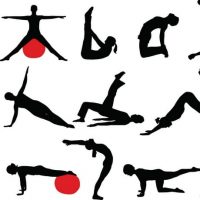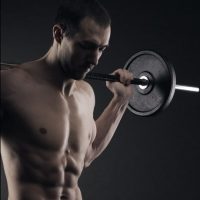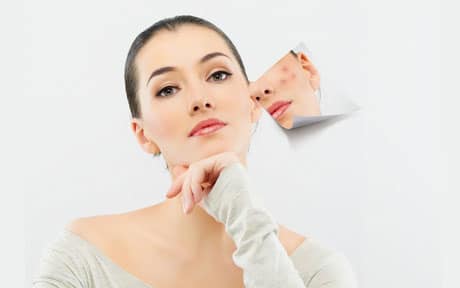I have been practicing Yoga for close to 5 years now. Prior to this time, my life had been a day-to-day existence erected by symptoms of depression and low self-esteem. Aggravated by acne and burdensome asthma symptoms, not feeling depressed was usually a rare occurrence. A rare occurrence that is; until I discovered Yoga and how it could help with depression treatment.
It’s not a surprise that I was not alone during this time as research has shown that some form of depression treatment medication is offered to over 20 million Americans annually. However, what should be the main cause of concern are the many side effects common to these anti-depression drugs. Effective as they may be for a while, it’s been noted that these depression drugs have several side effects which may include nausea, fatigue, insomnia and some sexual dysfunctions.
Thankfully, as with nearly any human ailment, at least in its not fatal stages, drug-free healing is not limited to curing any discomfort-including depression and this without these side-effects. One standout alternative for depression treatment my friends will be the incomparable Yoga.
How is this so? Well, first of all, with Yoga and its gentle movements and poses, Alpha waves (relaxation) and Theta waves (unconscious memory, dreams and emotions) tend to increase significantly after its execution. This finding is based on a Scandinavian study conducted by Eric Hoffman, Ph.D., that measured brain-waves before and after a two-hour Yoga class.
As a result, you tend to have more contact with your own subconscious and emotions. Moreover, after its use, alpha waves increases in the right temporal region of the brain as other studies have shown that people with depression tend to have more alpha activity in the left frontal-temporal region, while optimistic, extroverted people have more alpha activity on the right.
Moreover, with the execution of Yoga, a noted reduction in the hormone known as cortisol and increase in the hormone prolactin occurs—which is believed by many professionals to be the key in producing the anti-depressant effect of electroshock therapy
If this all sounds a bit advanced, perhaps a simpler illustration of how Yoga works effectively for depression treatment may be that it exercises the motor centers of the brain, making the blood flow away from the emotional activity center; consequently one becomes more receptive to positive thoughts.
Although this can be accomplished by the use of several Yoga poses, I will narrow the wide array of choices down to three simple yet very effective ones namely the Sun Salutations, Shoulder Stand and Relaxation poses.
Depression Treatment: Choice of Yoga Poses for depression help
1. The Sun Salutations:
The sun exercises stimulates and balances all systems of the body including the endocrine and nervous systems that have marked effects on our emotions, furthermore they induce deep breathing, which has been known over the ages to help alleviate many a stressful situation. Performed in rounds of 3, they actually are a combination of very simple movements executed in a flowing motion. Although they are usually a warm up to other Yoga poses, they can stand on their own as a Yoga session so you may not have to spend too much time to reap Yoga’s benefits as an alternative treatment for depression.
2. The Shoulder- Stand:
In spite of what its name may suggest, no worries, this pose is indeed very easy to execute and is the one pose that both old and new Yoga Instructors and writers view as near panacea for most human ailments including depression. It is essentially a very easy inversion pose that I see most kids practicing unknowingly…most of us have at some point, so again, it’s really easy. Being that you’re inverted, everything is turned upside down, throwing a new light on old behavioral patterns. Working together with its counter poses, you will see for yourself what this pose can do for depression treatment.
3. The Relaxation Pose:
Daddy of them all! As the name suggests; it involves lying motionless on one’s back with emphasis on deep, even breathing and meditation. It is usually performed for several minutes to alleviate stress and mental tension and positive affirmations such as helpful verses from religious books could be mentally repeated during its execution.
Being a Christian myself, one of my favorite verses while executing this pose will be a personalized derivative of Rom 12: 2-“I am being transformed by the renewing of my thoughts.”
Depression Treatment: Closing Thoughts on Other Factors.
No one is saying that Yoga POSES alone will be the end all be all of your depression. No. Poses alone DO NOT constitute Yoga. Breathing exercises (known as pranayama), meditation, (which could be rooted in your religious or spiritual beliefs) and a proper diet all being important limbs of Yoga, should be used in your use of Yoga for depression treatment.
These limbs will be subjects of other articles to save space; however, for a depression treatment alternative without unwanted and oft times harmful side effects, dare I say drug-free healing using simple Yoga principles and natural methods might be your best bet, it did work for me.
So the next time depression sends you to the doctor, you may do well to ask for a new prescription for depression treatment-Yoga. I believe it won’t hurt and possibly could help you immensely.












